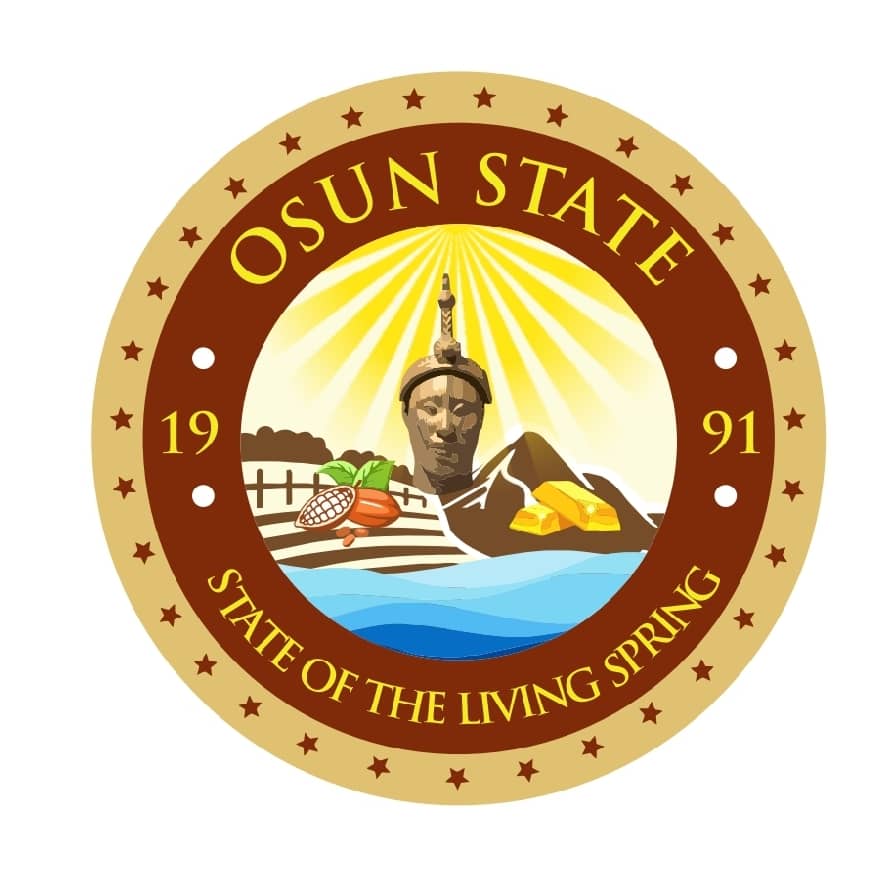President Muhammadu Buhari’s plan to lift Nigeria’s economy from its worst slump in a quarter century may entail short-term pain for potential long-term gain.
The blueprint released this month proposes ways to expand the economy by 7 percent by 2020 after a 1.5 percent contraction in 2016, the first full-year decline since 1991. It aims to create 15 million jobs by increasing oil output in the continent’s biggest second-biggest exporter of the fuel, opening up farmland and boosting investment in power, roads and ports.
It also proposes to “allow markets to function,” with a market-determined exchange rate and cost-reflective power tariffs. This may see the currency weaken and electricity prices rise, which will hurt citizens, more than half of whom live on $1.90 or less daily, World Bank data show.
“We are about two years from an election, and as we get closer, the politics will become even more important,” said Michael Famoroti, an economist at Lagos-based Vetiva Capital Management. “We hope that populism won’t completely overshadow the economics of the plan.”
These charts explain why Buhari, whose term ends in 2019, may have to trade some political capital and risk possible social unrest if he implements the proposal as it stands.
While power prices are low relative to the continent, household utility costs in Nigeria are surging. About 2,500 megawatts of capacity is used for about 180 million people, who frequently endure supply cuts and resort to off-grid generators. South Africa, with a third of the population, produces at least 11 times more.
Buhari wants to introduce cost-reflective tariffs to attract power investment. When the government tried to raise prices 45 percent last year, labor unions took it to court and the plan was frozen. In 2016, distributors paid only 27 percent owed to generators, who in turn couldn’t fully pay for the gas needed to run their turbines.
“Power must be fixed, because it’s at the heart of the cost of doing business,” Famoroti said.
The central bank has kept the naira at about 315 to the dollar by selling the greenback and blocking access to the foreign-currency market for importers of items it deems non-essential. That’s forced some importers to buy dollars in the black market at about 30 percent more than the official rates.
Allowing market-determined rates will add to inflationary pressures for a country that’s a net importer of everything from refined fuel to food.
“For a government that has previously described currency liberalization as a scheme to kill the naira, this is a huge step forward,” said John Ashbourne, an economist at London-based Capital Economics Ltd.
Adopting a more flexible exchange rate is irreconcilable with reducing inflation, which at 18.7 percent is the highest in more than a decade, and trimming interest rates, said Cobus de Hart, an analyst at Paarl, Cape Town-based NKC African Economics.
“If Abuja is aiming to achieve these goals simultaneously, it would suggest that the Central Bank of Nigeria’s strategy to move to a more flexible exchange rate will be a gradual one,” he said.
Bloomberg










